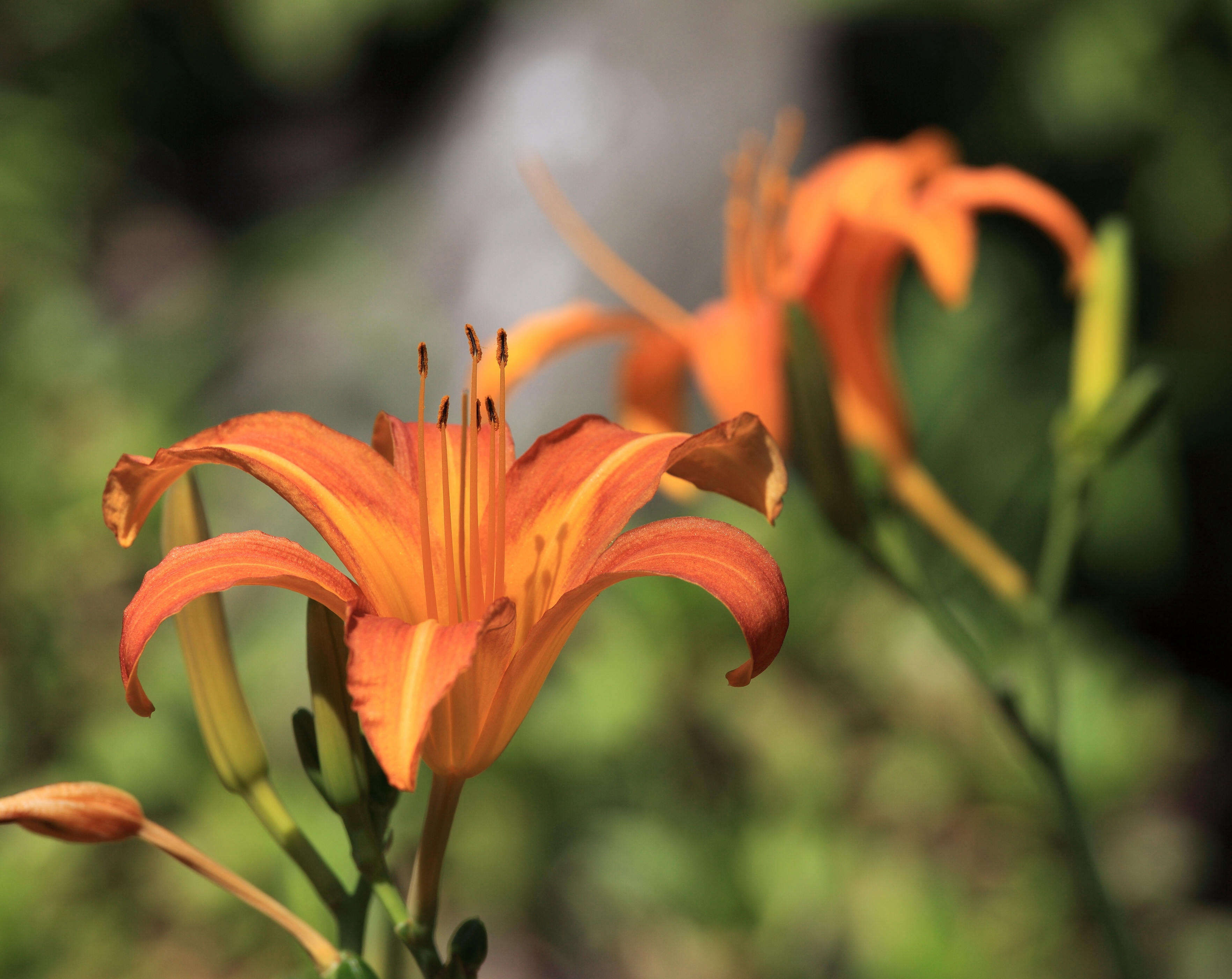Gardening 101: Daylily - Gardenista

Daylily, Hemerocallis: “The Perfect Perennial”
Please don’t confuse the daylily with tiger lilies, trumpet lilies, Asiatic lilies, or any other lilies for that matter.
The daylily is an herbaceous perennial that grows in clumps and, with thousands of cultivars to choose from, can be a useful plant to edge a path, stabilize soil on a hillside, or brighten the middle or even the back of a flower border in late summer when other flowering plants flag.
Photograph by Cmslothouber via Flickr.
Sorbet colors somehow manage to complement each other rather than clash.
Daylilies earn their name from their nature: Each flower wilts after about 24 hours.
Known for their cheery orange and yellow colors English plantswoman Vita Sackville West famously consigned their vivid hues to her Sunset Garden
near the front door of South Cottage at Sissinghurst Castle daylilies have in recent decades come to the attention of enthusiastic hybridizers whose work has broadened the offerings considerably
Photograph by Tanaka Juuyoh via Flickr.
littorea blooms in Tsukuba Botanical Garden in Japan.
The American Daylily Society has a wealth of information, including a Daylily Database you can search by cultivar or hybridizer to learn more about flower color, mature plant size, and bloom season of a particular variety.
• Before their arrival in Europe in the 1500s, edible daylilies were a common source of food and medicine in Asia, where they grow wild.
• In the wild, daylily colors are limited to yellow, orange, and rusty red.
• In the wild, daylily colors are limited to yellow, orange, and rusty red.
Cheat Sheet
Photograph by Sharon K via Flickr.
But thanks to hybridization, the flowers’ color range has been expanded to include a rainbow, and “the only colors notably lacking are pure white and pure blue. Needless to say, hybridizers are avidly pursuing these two colors,” notes the American Daylily Society.
• Daylilies are happy companions for bellflower, yarrow, tickseed, and coneflowers.
• Plant daylilies or divide existing clumps in early autumn before the threat of frost.
Keep It Alive
• Once established, daylilies are drought tolerant in well-drained soil.
• For prolific flowers, plant daylilies in full sun (six or more hours a day).
• Deadhead spent blooms but leave the scapes in place until all buds have wilted; cut back the stem to the crown of the plant and leave foliage in place until it yellows at the end of the season.
For more about these long-blooming buttered popcorn daylilies, see 10 Easy Pieces: Perennials for the Seaside Garden.
Photograph by Justine Hand.